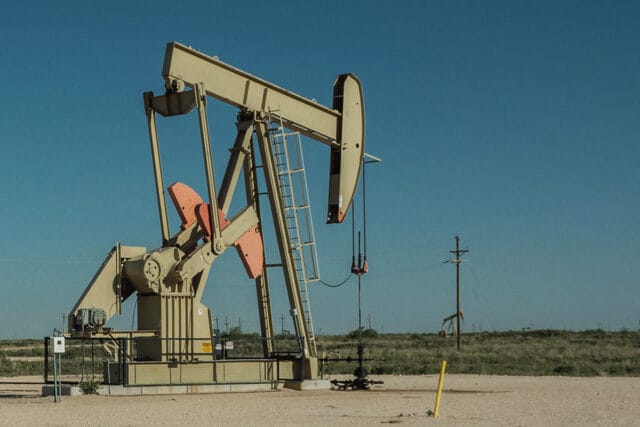
Cold Chains are the Hottest Thing in 2021
As many as 29.8 billion doses of the COVID-19 vaccine are distributed daily, across 176 countries around the globe. That’s no small feat.

As many as 29.8 billion doses of the COVID-19 vaccine are distributed daily, across 176 countries around the globe. That’s no small feat.
So how are we doing it? How do we make the vaccines available to everyone that wants them? To 328 million U.S. citizens, or 7.6 billion worldwide? The answer is supply chains or more specifically, cold chains.
A supply chain is the process that gets an iPhone from Apple and into your hands, right? Well, yes and no. With vaccines, it’s a little more complicated. From the necessary research to development, and quality control stages, then the vaccine needs to be produced, stored, transported, and administered – all while controlling the vaccine’s environment.
What is a cold chain?
For some vaccines, such as the Pfizer-BioNTech COVID-19 vaccine, this means maintaining very cold temperatures until it’s ready to be used. This is accomplished by using what’s called a “cold chain,” or the same process used to keep frozen foods, such as ice cream, cold throughout the supply chain process.
Throughout the cold chain, managing and mitigating risks is imperative to protecting the vaccine. With custom storage cases being used for shipping, temperature and GPS sensors for monitoring, and detailed logistical plans to ensure delivery in one to three days, it’s a complicated process.
Other vaccines require different conditions that might make it easier to transport and distribute such as the Johnson & Johnson single-dose COVID-19 vaccine, but it still requires rigorous standards and processes to maintain the cold chains that are essential for vaccine quality.
Staying ahead of cold chain risk
All of these technical and logistical components rely on workers as the foundation for success. With individuals helping on the production line, building storage containers, handling the vaccines along the transportation routes, and finally administering the vaccines in their place of use, there are thousands of people involved in locations around the globe making this possible.
Logistical planning is one key component to make this successful, but the other is effective training. It doesn’t matter if the individual is a seasoned employee or a temporary hire to support production scale-up, every person has to be consistently trained on their role and the standards and processes they need to adhere to. That’s where supply chain management comes in.
Ideally, a “cold” supply chain management platform will serve as a central digital location where workers, managers, and logistics personnel can go to mitigate risk across the supply chain. From properly training workers to efficient loading, unloading, and delivery of cold products to their final destination and storage, the risk inherent in a cold supply chain is great.
Whether you are looking to track procedures and processes throughout a cold chain, or find and train skilled workers, choosing the right platform to provide the solutions you need to stay ahead of risk will be critical.




